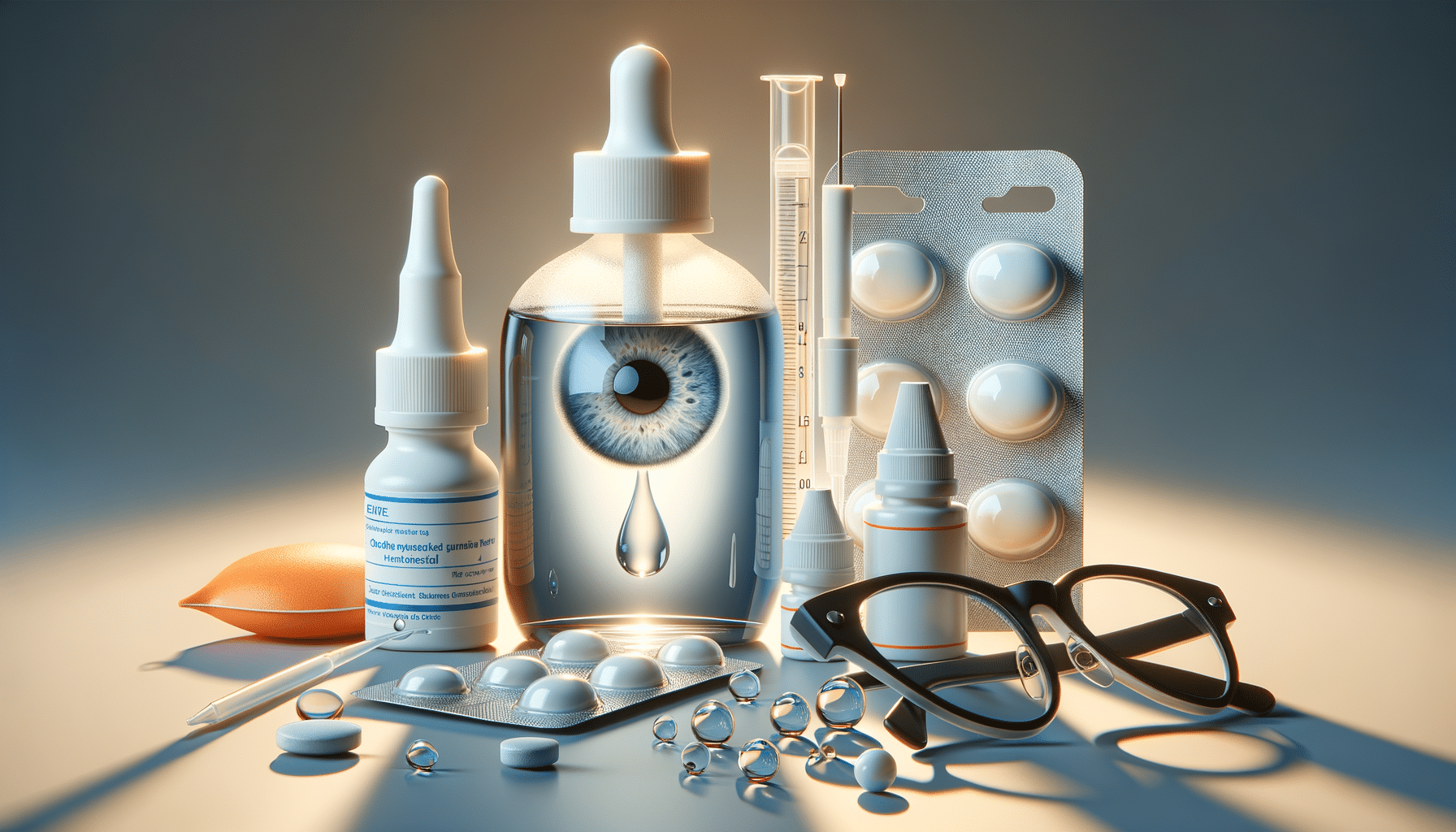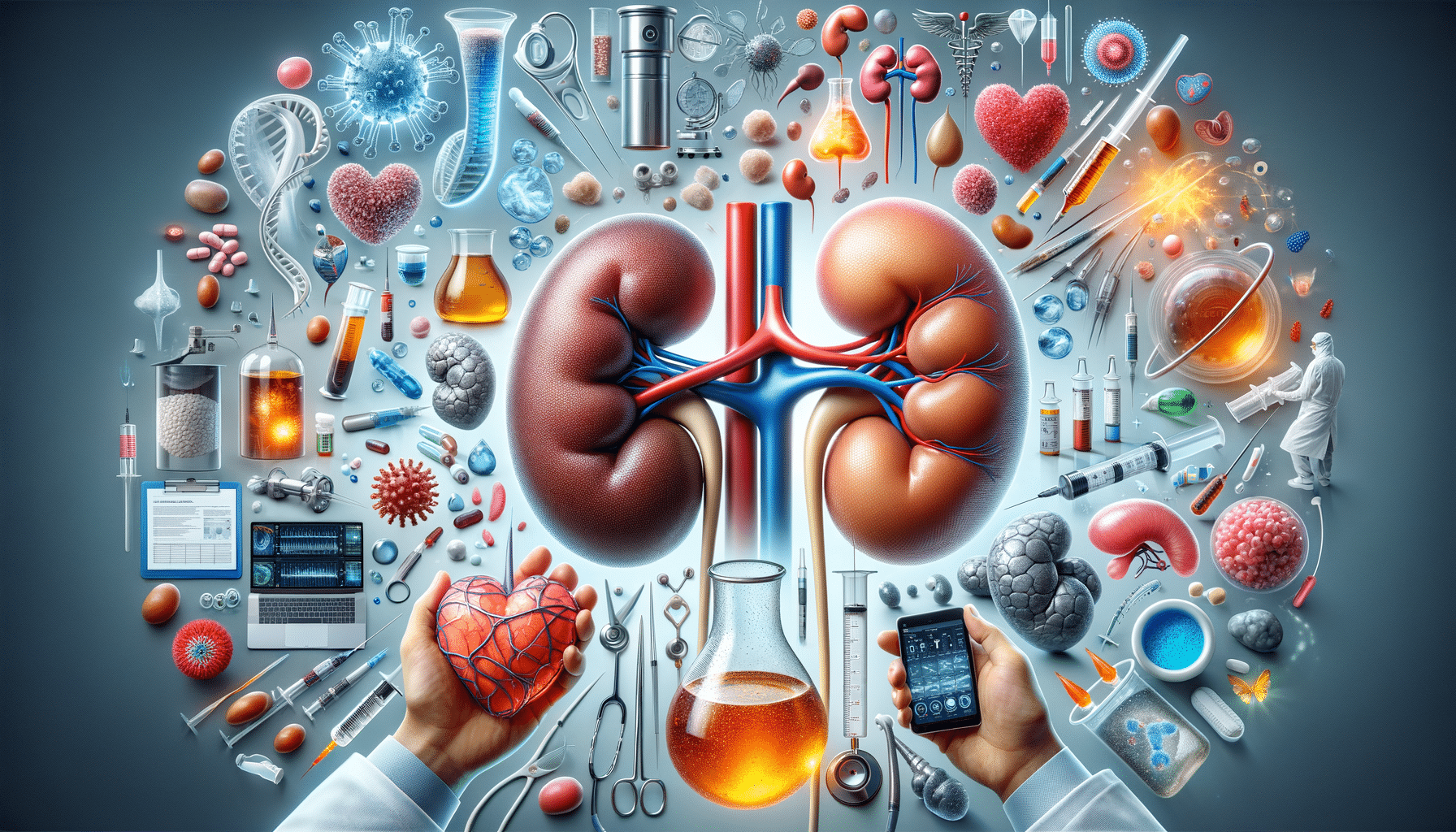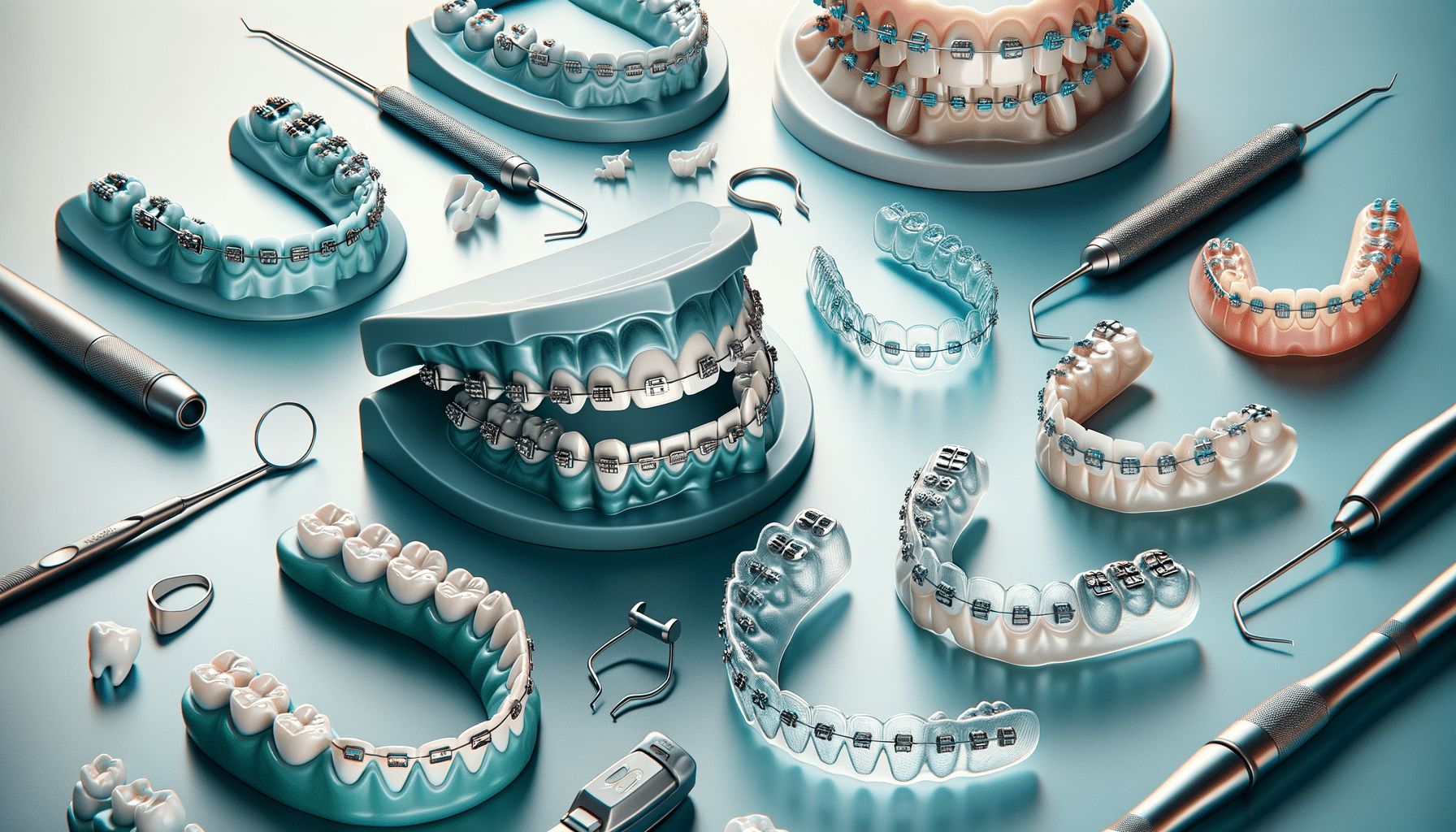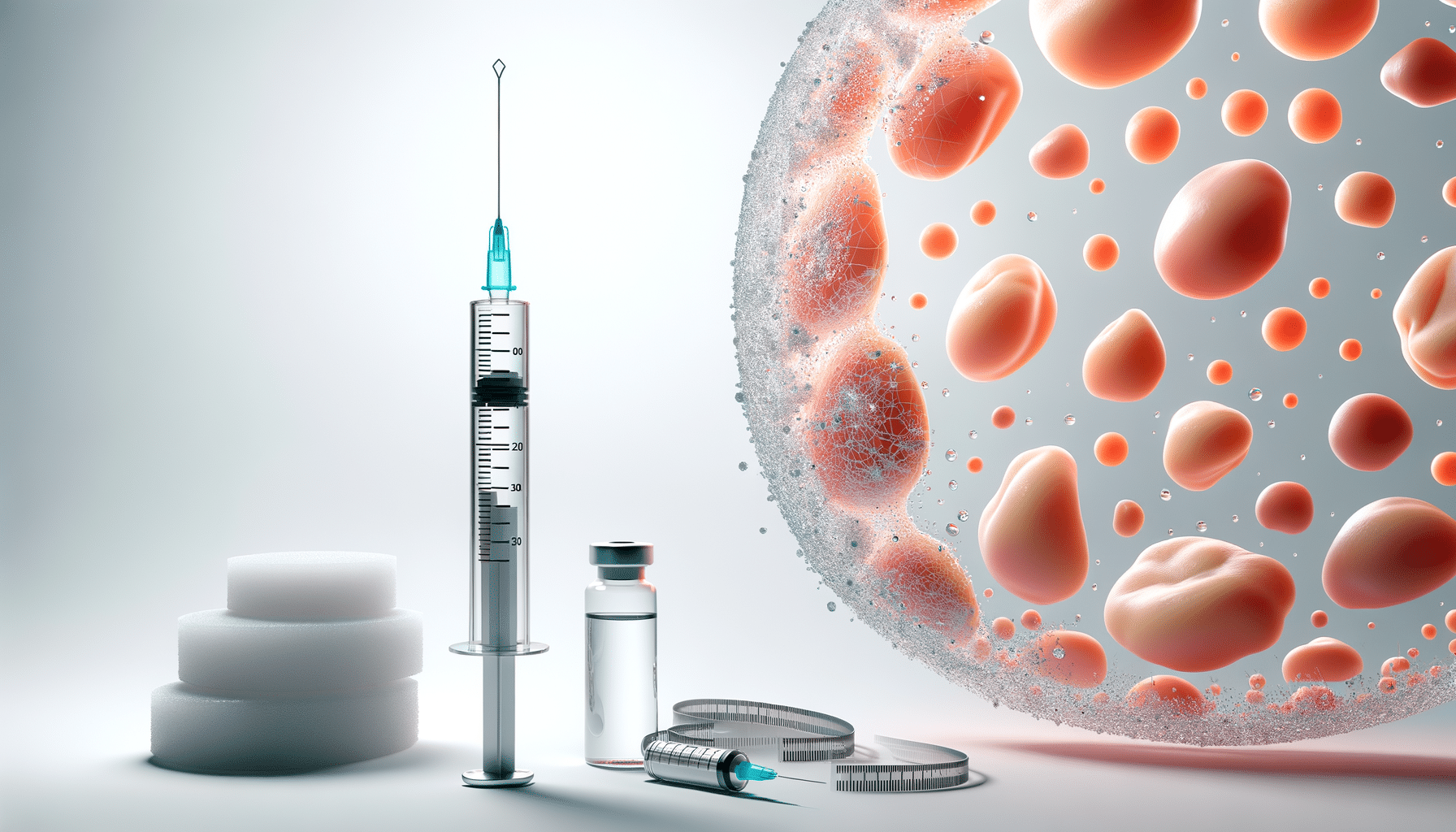
Exploring Effective Dry Eye Treatment Options
Understanding Dry Eye Syndrome
Dry eye syndrome is a common condition that affects millions of people worldwide. It occurs when the eyes do not produce enough tears or when the tears evaporate too quickly. This can lead to inflammation and damage to the surface of the eye. Symptoms include irritation, redness, blurred vision, and a feeling of grittiness or dryness in the eyes.
Various factors can contribute to dry eye syndrome, including environmental conditions, prolonged use of digital screens, aging, and certain medical conditions. Understanding the underlying causes is crucial for effective treatment. By addressing the root cause, individuals can find relief and improve their quality of life.
Artificial Tears and Lubricating Eye Drops
One of the most common treatments for dry eye is the use of artificial tears or lubricating eye drops. These products help to supplement the natural moisture in the eyes, providing temporary relief from symptoms. They are available over-the-counter and come in various formulations, including preservative-free options for sensitive eyes.
While artificial tears can be effective, it’s important to choose the right product for your specific needs. Some drops are designed for mild dryness, while others are formulated for more severe cases. It’s advisable to consult with an eye care professional to determine the most suitable option.
Prescription Medications
For those with more persistent dry eye symptoms, prescription medications may be necessary. These medications can help increase tear production and reduce inflammation. Commonly prescribed options include cyclosporine and lifitegrast, which work by targeting the underlying inflammation that contributes to dry eye.
Prescription medications can be highly effective, but they may also come with side effects. It’s important to discuss potential risks and benefits with your healthcare provider to ensure the best treatment plan for your condition.
Lifestyle and Environmental Changes
In addition to medical treatments, making certain lifestyle and environmental changes can significantly alleviate dry eye symptoms. Simple adjustments, such as taking regular breaks from digital screens, using a humidifier in dry environments, and wearing sunglasses to protect against wind and sun, can make a noticeable difference.
Dietary changes, such as increasing omega-3 fatty acid intake through foods like fish and flaxseeds, have also been shown to support eye health. Staying hydrated by drinking plenty of water is another essential step in managing dry eye.
Advanced Treatment Options
For severe cases of dry eye that do not respond to conventional treatments, advanced options may be considered. These include procedures like punctal plugs, which block the tear ducts to retain moisture in the eyes, and intense pulsed light therapy, which targets inflammation and improves tear film quality.
While these treatments can be highly effective, they are typically reserved for individuals who have not found relief through other methods. Consultation with an eye care specialist is essential to determine the most appropriate course of action.


